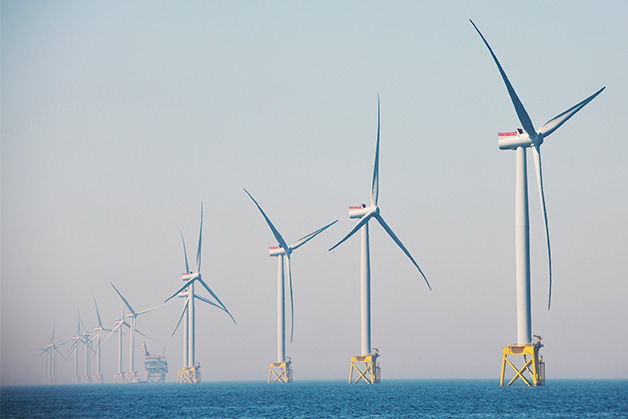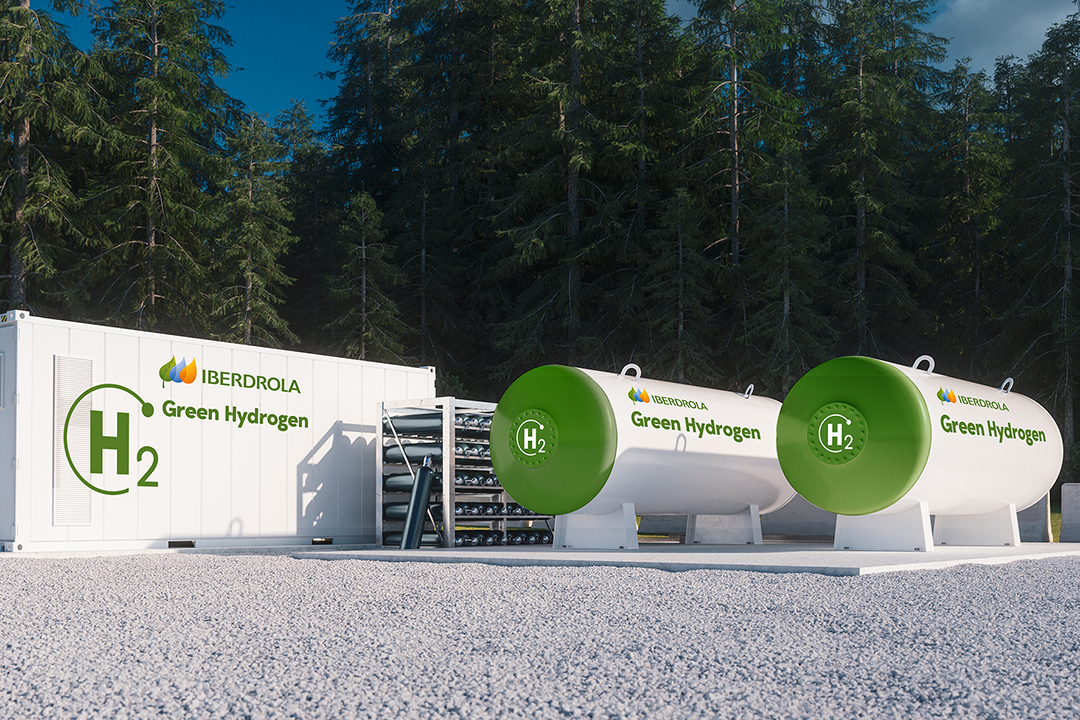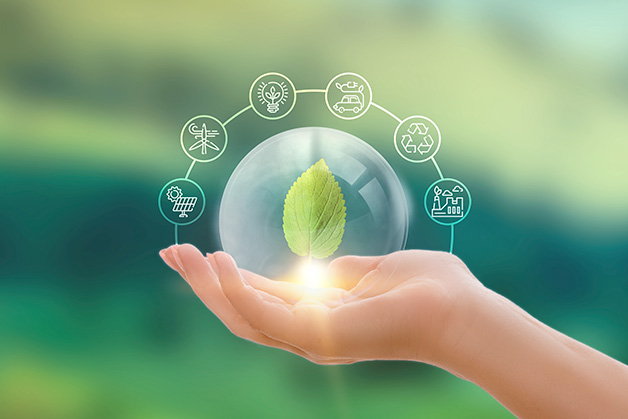Renewable energy
Iberdrola, world leader in renewable energy
We began our commitment to renewable energy more than two decades ago as the foundation on which to build its clean, reliable and smart business model.
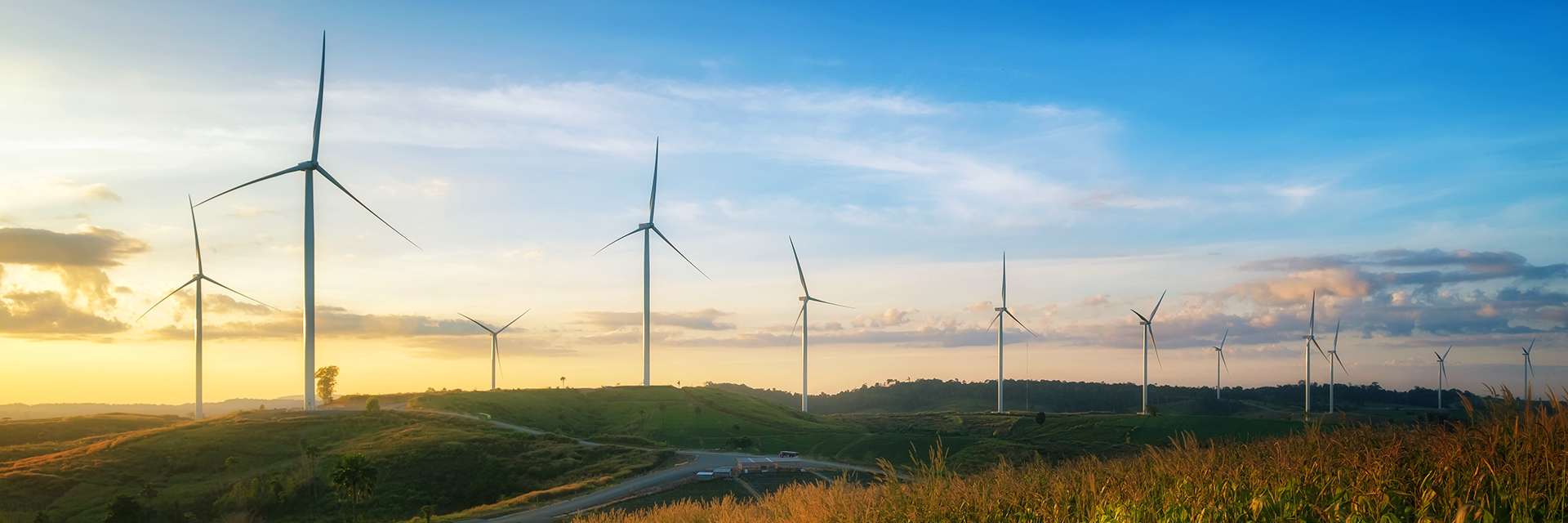
The Iberdrola Group is today a world leader in renewable energy sources, with 44,478 MW of operational renewables by the end of 2024, and on the cutting edge of the energy transition towards a low-emissions economy. This commitment is reflected in our Strategic Plan 2024-2026, in which we plan to allocate €15.5bn to renewable business to grow selectively in flexible technologies and storage. More than half of this amount is focused on offshore wind in the United States, the United Kingdom, France and Germany; 28% on onshore wind and 18% on solar.

Benchmarks in renewables with our international projects
At the Iberdrola Group, we are expanding our borders to continue positioning ourselves in international markets with great renewable prospects while strengthening our presence in the dozens of key countries where we operate, including Spain, the United Kingdom, the United States, Brazil and Mexico.
We have several projects, many of them under construction or under development, which are considered milestones due to their size and commitment to innovation. We invest in advanced infrastructures and work with local players to drive the global energy transition. Our projects stand out not only for their innovation and capacity to produce clean energy, they also contribute to International Clean Energy Day, generating a positive impact they have on the communities where we operate, creating jobs and promoting local development.

"We need to accelerate the expansion of electrification through renewables to reduce our dependence on fossil fuels. Tripling renewables by 2030 is feasible and will mobilise investments of 2.2 billion dollars a year"
Ignacio S. Galán
Presidente de Iberdrola
Our main renewable energy projects
-
Iberdrola to supply 100% renewable energy to Diamond Foundry for diamond manufacturing in Spain

-
Iberdrola and Kansai expand their strategic alliance to accelerate electrification in different countries

-
Iberdrola and Amazon further expand their global renewable energy partnership and harness the AWS cloud to scale Iberdrola’s business
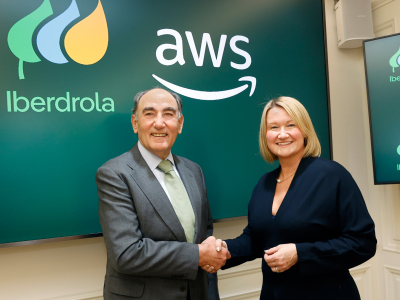
-
Iberdrola leads the European PPA market for the second consecutive year with more than 1,251 MW
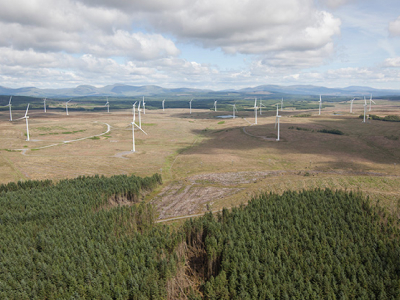
-
Iberdrola and AGRATI advance in decarbonizing industrial production in France
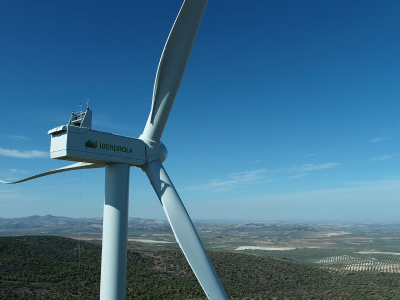
-
East Anglia Hub: our largest offshore wind energy project
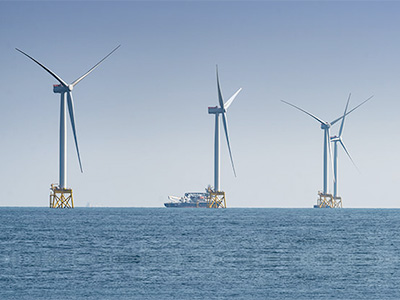
-
Oitis, our largest onshore wind farm project in Latin America
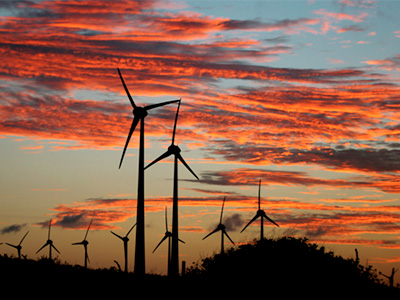
-
Tâmega: one of the largest hydroelectric projects in Europe
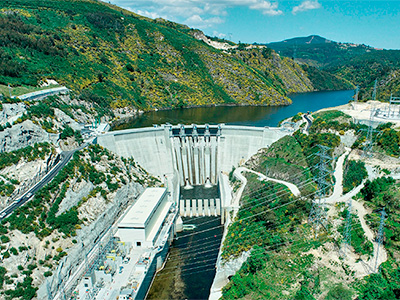
-
Francisco Pizarro, the largest photovoltaic plant in Europe

-
Puertollano, the largest green hydrogen plant for industrial use in Europe
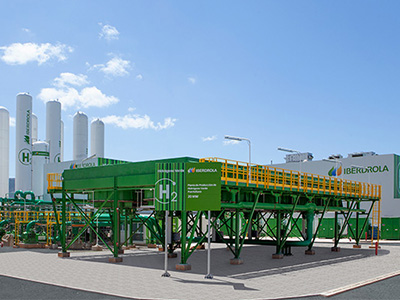
-
Port Augusta, the world's first hybrid wind-solar installation
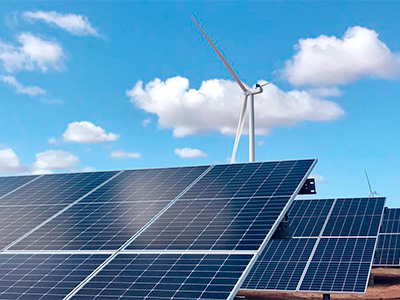
- 1 We received the go-ahead from the Brazilian government to generate more clean energy in Fernando de Noronha.
- 2 Iberdrola obtains environmental permit for its first repowering in Spain
- 3 Iberdrola exceeds 9,000 MW renewables in the United States
- 4 Iberdrola and Norges Bank Investment Management conclude negotiations to expand alliance to 2,500 MW of renewables in Iberia
Leaders in wind generation, also in the sea
One of our main growth vectors is offshore wind. The company currently has 2.373 GW installed. But we keep looking to the future. Furthermore, according to the company's strategy in the offshore wind energy sector, which is reflected in our Strategic Plan, from 2027 we will have 3,000 new MW of operational capacity, reaching 5,000 MW offshore.
Learn about offshore wind energyPioneers in green hydrogen development
The decarbonisation of the planet is among the objectives that countries around the world have set for 2050. The production of green hydrogen, a technology based on the transformation of this element through electrolysis, is one of the keys. The IEA estimates that it would make it possible to save the 830 million tonnes of CO2 per year that originate when this gas is produced using fossil fuels.
Discover green hydrogenLeaders in wind generation, also in the sea
One of our main growth vectors is offshore wind. The company currently has 2.373 GW installed. But we keep looking to the future. Furthermore, according to the company's strategy in the offshore wind energy sector, which is reflected in our Strategic Plan, from 2027 we will have 3,000 new MW of operational capacity, reaching 5,000 MW offshore.
Learn about offshore wind energyPioneers in green hydrogen development
The decarbonisation of the planet is among the objectives that countries around the world have set for 2050. The production of green hydrogen, a technology based on the transformation of this element through electrolysis, is one of the keys. The IEA estimates that it would make it possible to save the 830 million tonnes of CO2 per year that originate when this gas is produced using fossil fuels.
Discover green hydrogenWhat are renewable energies
Renewable energy is generated using natural sources that will never run out, because they contain a massive quantity of energy —such as solar energy from the sun and wind energy from the wind— or because they are able to regenerate fast, like biomass.
To meet growing global demand for energy and the imperative need to halt climate change, renewables are now established as the best option for the future of the energy sector. Let us tell you all about this type of energy.
The main renewable energy technologies are offshore and onshore wind, hydroelectric power, photovoltaics, green hydrogen and hybrid hydrogen.

What are the advantages of renewable energy?
Renewable energy has many advantages over non-renewable energy.
 They respect the environment
They respect the environment
Most do not produce greenhouse gases or other pollutant emissions
 They are unlimited
They are unlimited
They are drawn from nature’s inexhaustible resources and can be drawn upon permanently
 They are safer for our health
They are safer for our health
They do not emit gases harmful to living beings

 They offer greater flexibility
They offer greater flexibility
They can be installed anywhere: boats, motorhomes, homes, buildings, etc.
 They do not generate waste that is difficult to treat
They do not generate waste that is difficult to treat
They are easy to dismantle and do not neeed to be stored
 They promote employment
They promote employment
They create five times more jobs than conventional energy
 They promote energy independence
They promote energy independence
They develop the region’s economy, promoting its autonomy
Differences between renewable and non-renewable energy
The main difference between renewable and non-renewable energy sources is that the former can produce energy indefinitely because these sources will never run out or renew themselves within a short period of time, while non-renewable energy reserves are limited because they run out when used or regenerate extremely slowly.
Another difference is that renewable energy is highly sustainable and has a very low environmental footprint, unlike non-renewables.
More on renewable energies
What are clean energy sources?
Clean energy consists of energy production systems that do not produce any pollution, notably greenhouse gases like CO2.
Therefore, clean energies are driving our progress in protecting the environment and alleviating the crisis caused by non-renewable sources, such as gas and oil.
Discover clean energyWhat are clean energy sources?
Clean energy consists of energy production systems that do not produce any pollution, notably greenhouse gases like CO2.
Therefore, clean energies are driving our progress in protecting the environment and alleviating the crisis caused by non-renewable sources, such as gas and oil.
Discover clean energy




